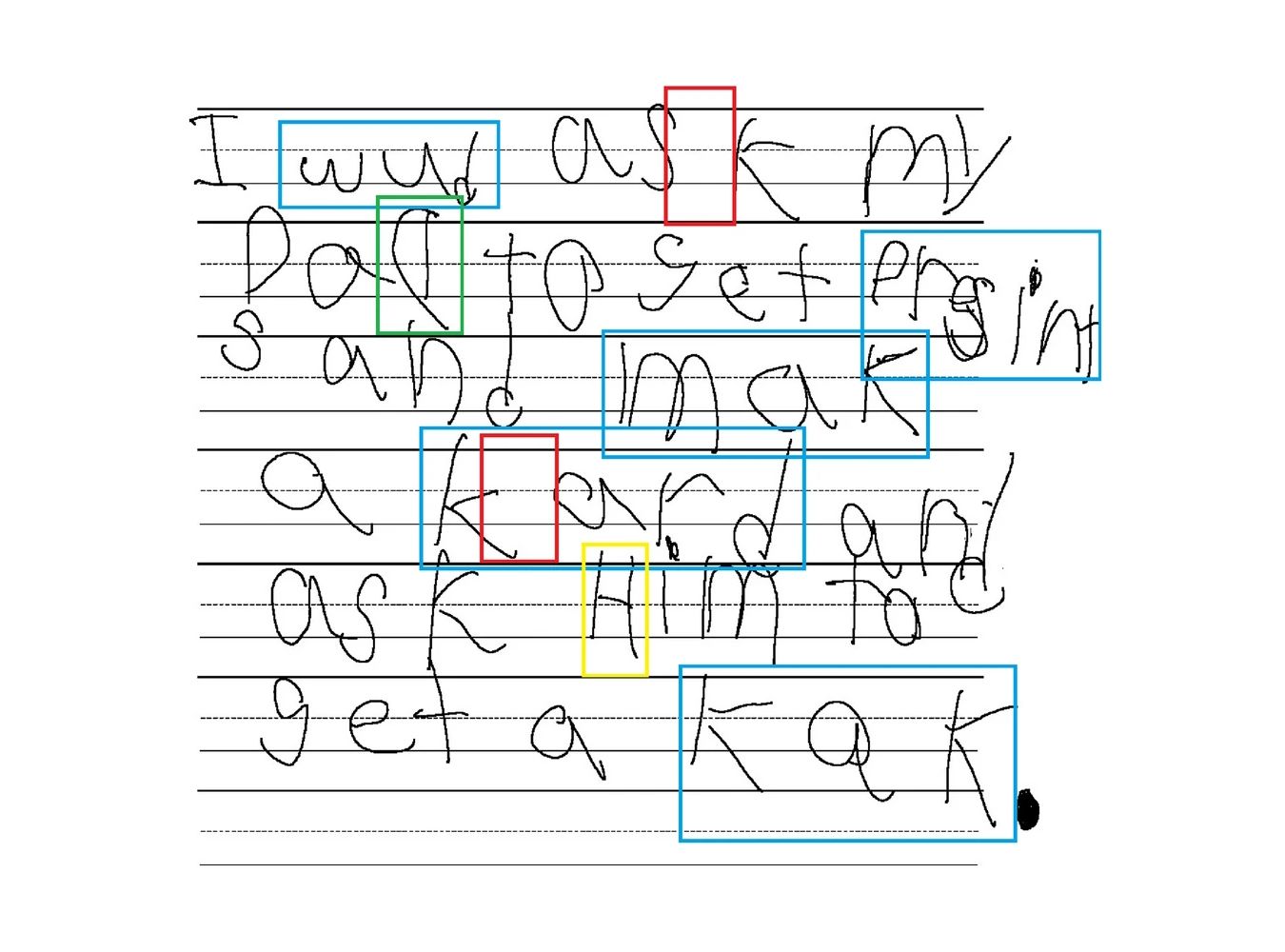
Photography Courtesy of University at Buffalo©
A team of researchers from the State University of New York at Buffalo has presented an innovative study on the use of artificial intelligence in the early detection of dyslexia and dysgraphia in children.
The study proposes a method for analyzing handwriting—on paper or tablet—to identify early signs of these disorders. Its aim is to complement existing screening tools, which are often costly, time-consuming, and focused on detecting only one disorder at a time.
To achieve this, the researchers developed an AI system capable of analyzing various aspects of children’s handwriting, from letter formation to overall writing organization—including spelling errors, syntax, and even use of margins.
So far, the team has collected handwriting samples only from pupils up to 5th grade at an elementary school in Reno, Nevada. Still, initial results are encouraging, with nearly 90% of handwriting irregularities detected.
By significantly expanding the dataset used to train the AI model, this approach could revolutionize early detection of learning disorders such as dyslexia and dysgraphia, enabling rapid intervention to support the educational development of affected children.
The model is designed for use by teachers as a classroom screening tool, by speech and language therapists to facilitate timely intervention, and by parents to monitor their children’s progress at home.
Currently, two AI tools are under development: one to identify children who may need a formal needs assessment, and another to serve as a personalized virtual assistant tailored to each child’s abilities.